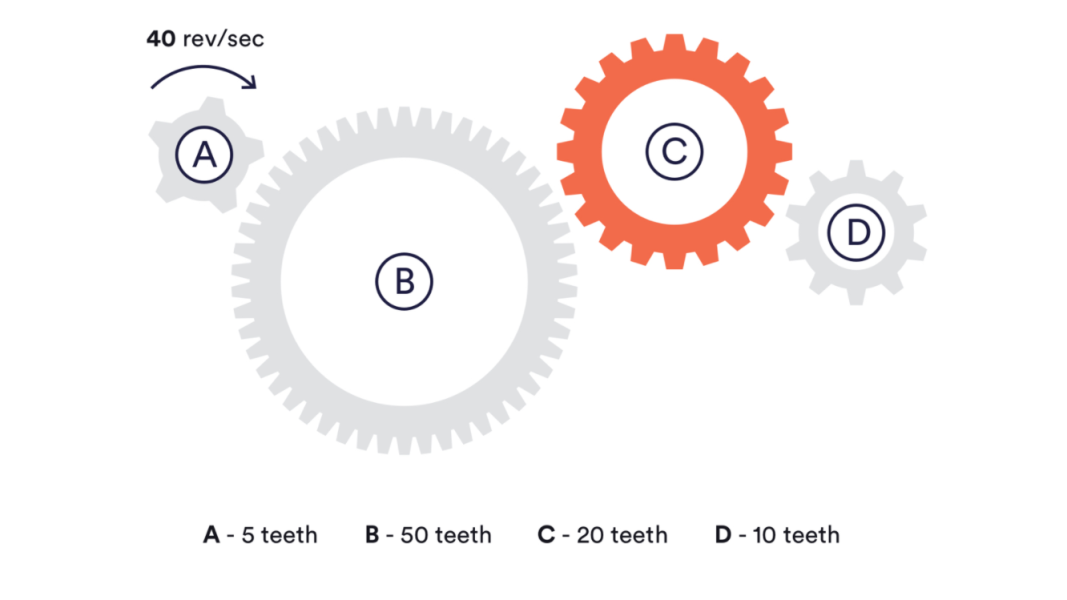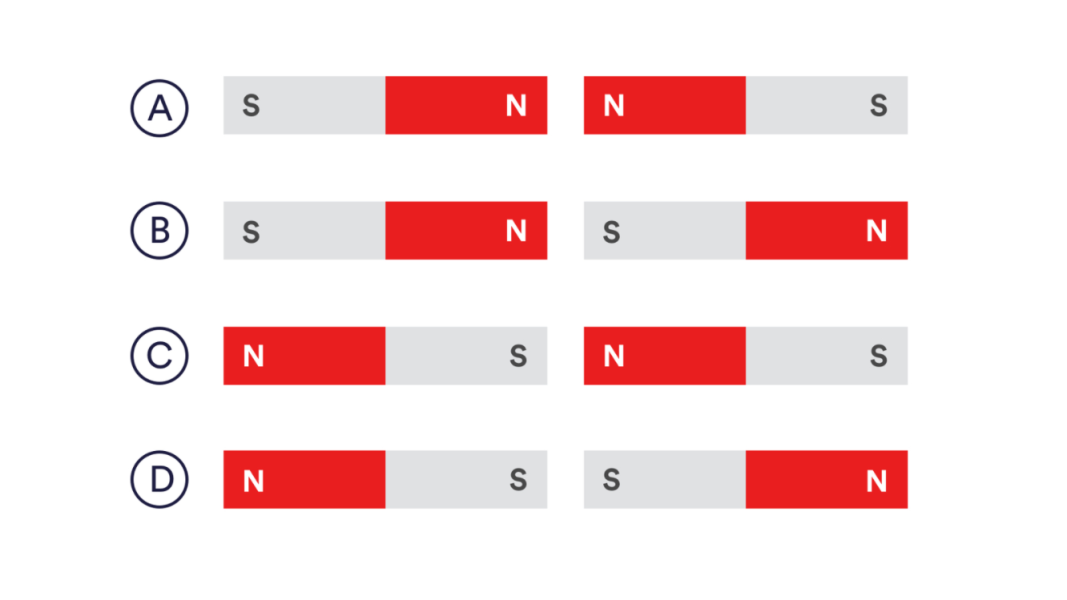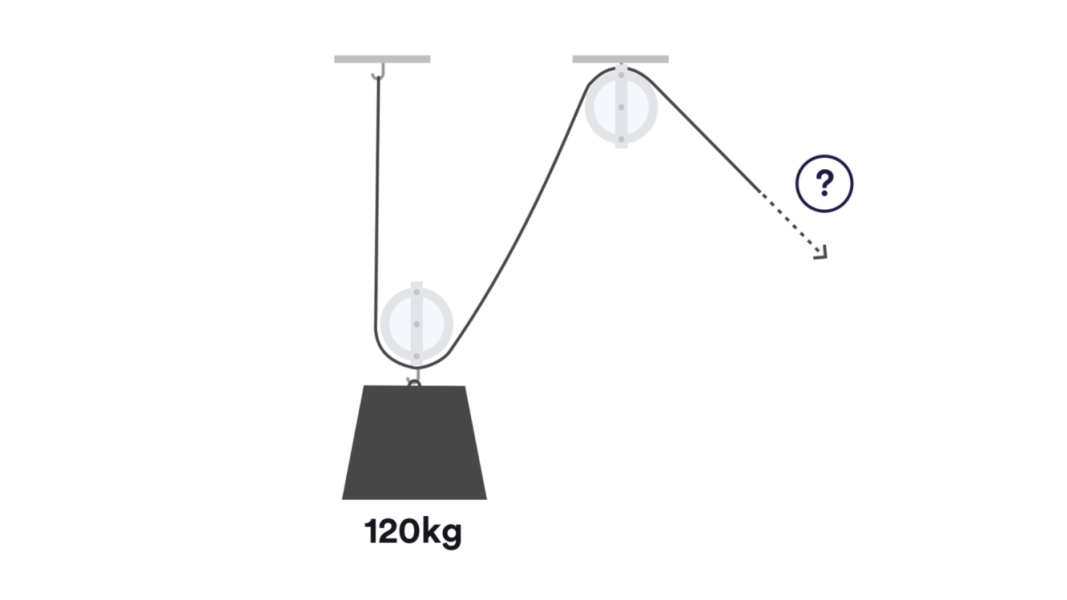What is a mechanical aptitude?
Mechanical aptitude, or mechanical reasoning, is the ability to understand and apply mechanical concepts. Mechanical aptitude involves different capacities like spatial ability and is important for technical jobs, including engineering positions and roles in the emergency services and armed forces.
What is a mechanical aptitude test?
A mechanical reasoning test is an assessment, often used for technical positions, that measures how you apply mechanical principles to solve problems. Mechanical aptitude questions can include gears, electrical circuits, or levers.
Typically, candidates will be presented with a series of images showing mechanical problems or scenarios, and must answer questions based on these.
The level of difficulty will vary depending on the position applied for. The tests measure your mechanical knowledge rather than underlying aptitude, so if you reach this stage of the process it is expected that you will have a thorough understanding of the key topics and basic principles.
Questions are designed to test a candidate’s ability to apply mechanical reasoning in a practical environment and will generally be industry-specific. So if you were applying for a job with the army, the questions would be based around military scenarios.
Why do employers use mechanical reasoning tests?
Employers use mechanical aptitude tests to check that applicants have the necessary mechanical knowledge and capabilities to carry out tasks that will be required of them.
The ability to apply a range of mechanical concepts is crucial in a number of industries and jobs, including those that involve maintaining, repairing and operating mechanical equipment.
Mechanical comprehension tests measure how candidates apply their knowledge in a practical setting, with questions usually based around problems or scenarios they may encounter in the specific industry to which they are applying.
Additionally, these tests can offer insights into a candidate’s potential for learning and adapting to new mechanical systems and technologies, which is increasingly important in rapidly evolving industries. The results can help employers predict not only immediate performance but also long-term growth and adaptability in technical roles.
The different types of mechanical reasoning tests
Employers can choose from a number of different test providers, so check which test you will be taking. Below we have outlined some of the most popular mechanical reasoning tests.
SHL Verify Mechanical Comprehension Test. This is the most widely used test for mechanical or technical positions, with questions on basic mechanical concepts such as gears, levers and pulleys. It could be used for jobs involving repairing and maintaining machinery, or designing mechanical components.
Bennett Test of Mechanical Comprehension (BMCT). This test is commonly used for engineering and mechanical roles. Along with mechanical comprehension, it assesses spatial visualisation, knowledge of physical forces and mechanical laws, and basic understanding of how machinery works.
Wiesen Test of Mechanical Aptitude. This is used for roles where you will be required to operate and service tools and machinery, eg train drivers and aircraft engineers. Topics covered may include levers and pulleys, electronics and gears.
Barron’s Test of Mechanical Aptitude. This is mostly used as part of the selection process for the military. Questions may include gravity and velocity, hydraulics and shape/volume.
Stenquist Test of Mechanical Aptitude. One of the earliest mechanical reasoning tests produced, the Stenquist assessment is picture-based, requiring candidates to choose which picture fits with a group of pictures presented. Knowledge of machinery is a definite advantage.
Ramsay Mechanical Aptitude Test (MAT). This is predominantly used for roles involving technical production and maintenance, such as tool setters, machine operators and mechanics.
Mechanical reasoning tests are timed assessments and you will generally have around 20 to 30 minutes to answer 20 to 30 questions (so one minute per question).
Questions are usually based around mechanical and physical concepts and electrical principles, but you may also be assessed on your spatial reasoning skills and basic mathematics. These tests may be administered separately from the mechanical reasoning but will be included in the same testing session.
For the mechanical reasoning tests, you will be given an image depicting a mechanical or electrical scenario with a question related to this. As mentioned previously, these questions may be specific to the sector, meaning they will refer to a situation you are likely to encounter in the role you have applied for.
For military and emergency services roles, the mechanical reasoning test is more likely to focus on measuring your basic understanding and ability to apply key principles. However, for a technical or craft job you may be expected to make calculations.
Some questions may also require you to select the best tool for a specific job.
There are a range of topics that could be included in mechanical reasoning tests. Below we have listed the most popular subjects.
Electricity
- Circuits – series, parallel
- Magnetism
- Circuit diagrams
- Voltage, current, resistance, capacitors and charge
Mechanics
- Forces and motions – torque, acceleration, pressure, gravity, velocity, momentum, etc
- Energy – potential, magnetic, kinetic, thermal; work and power
- Springs, gears, pulleys, levers, etc
Other
- Calculation of areas
- Conventions and units
- Tools, terminology
- Basic mathematics such as fractions, ratios, percentages and averages














